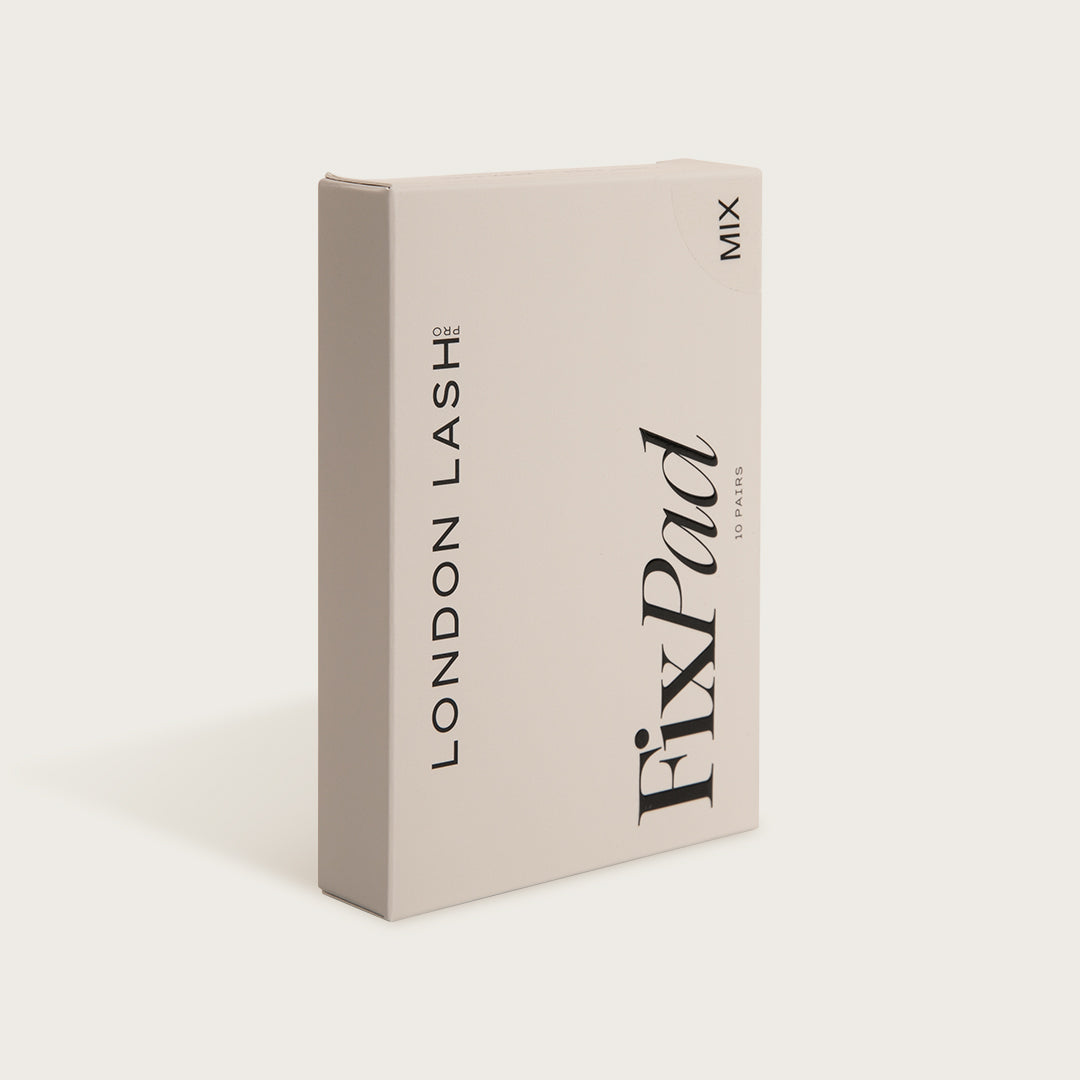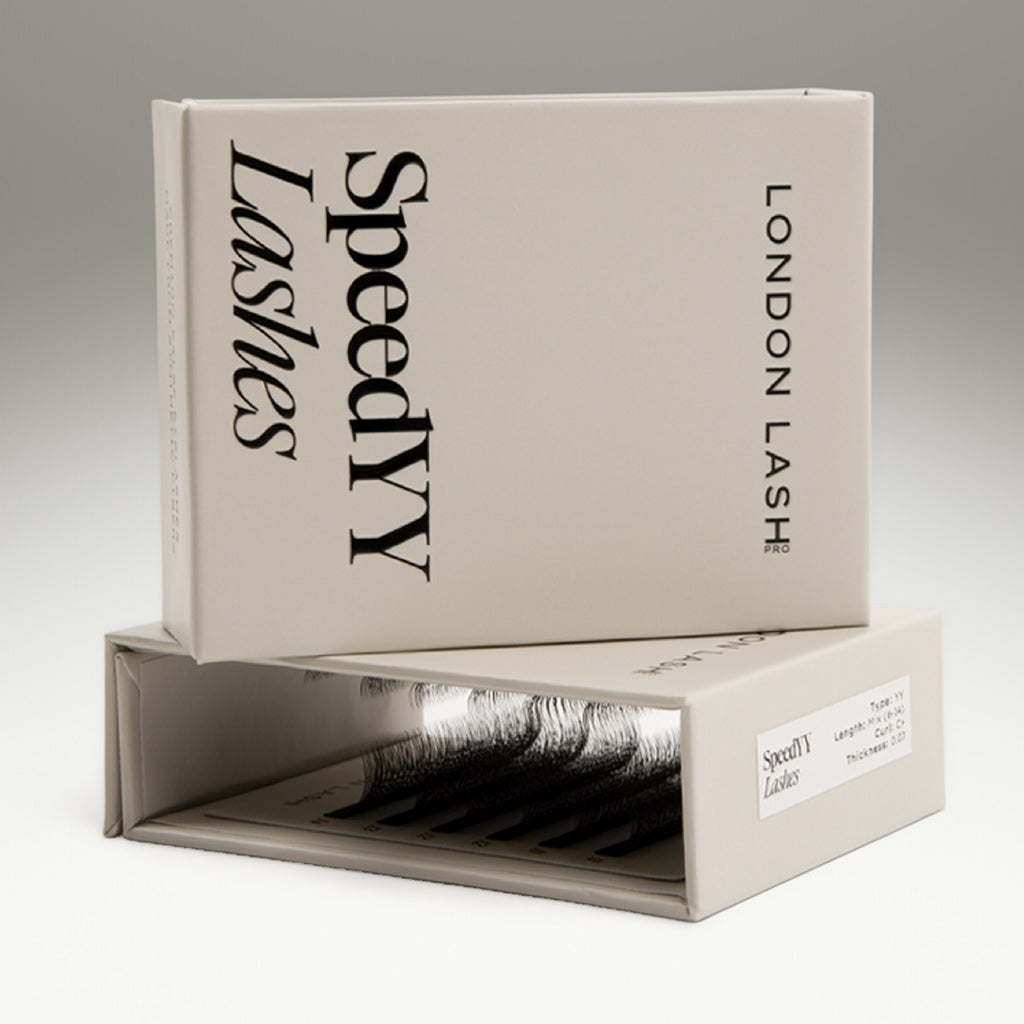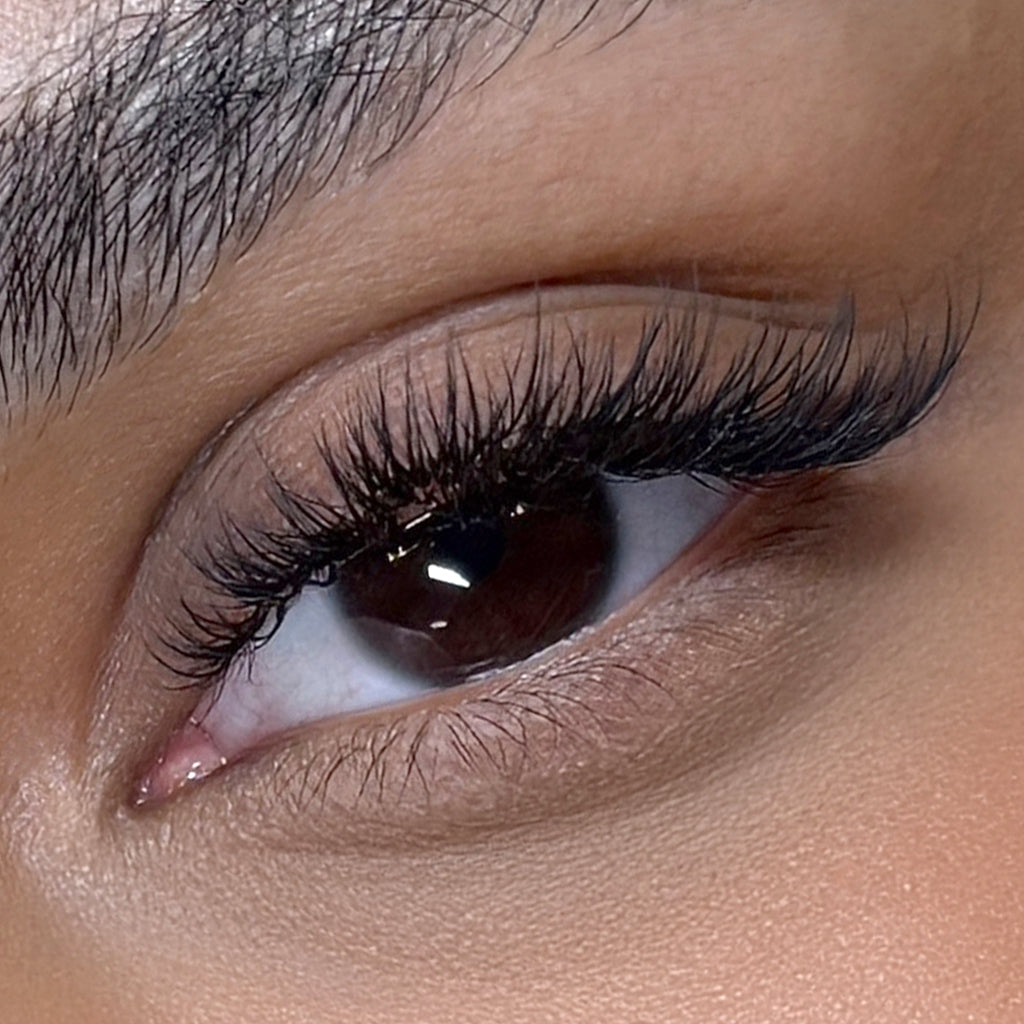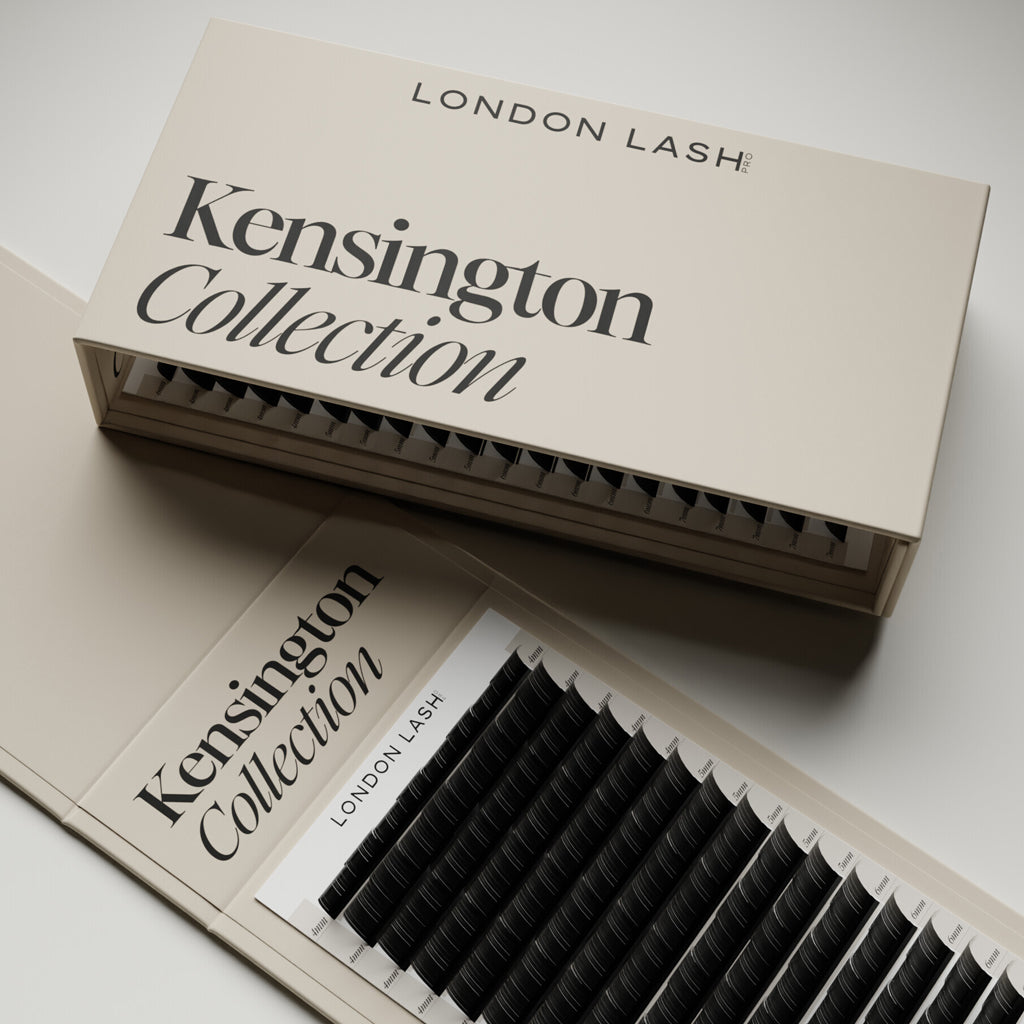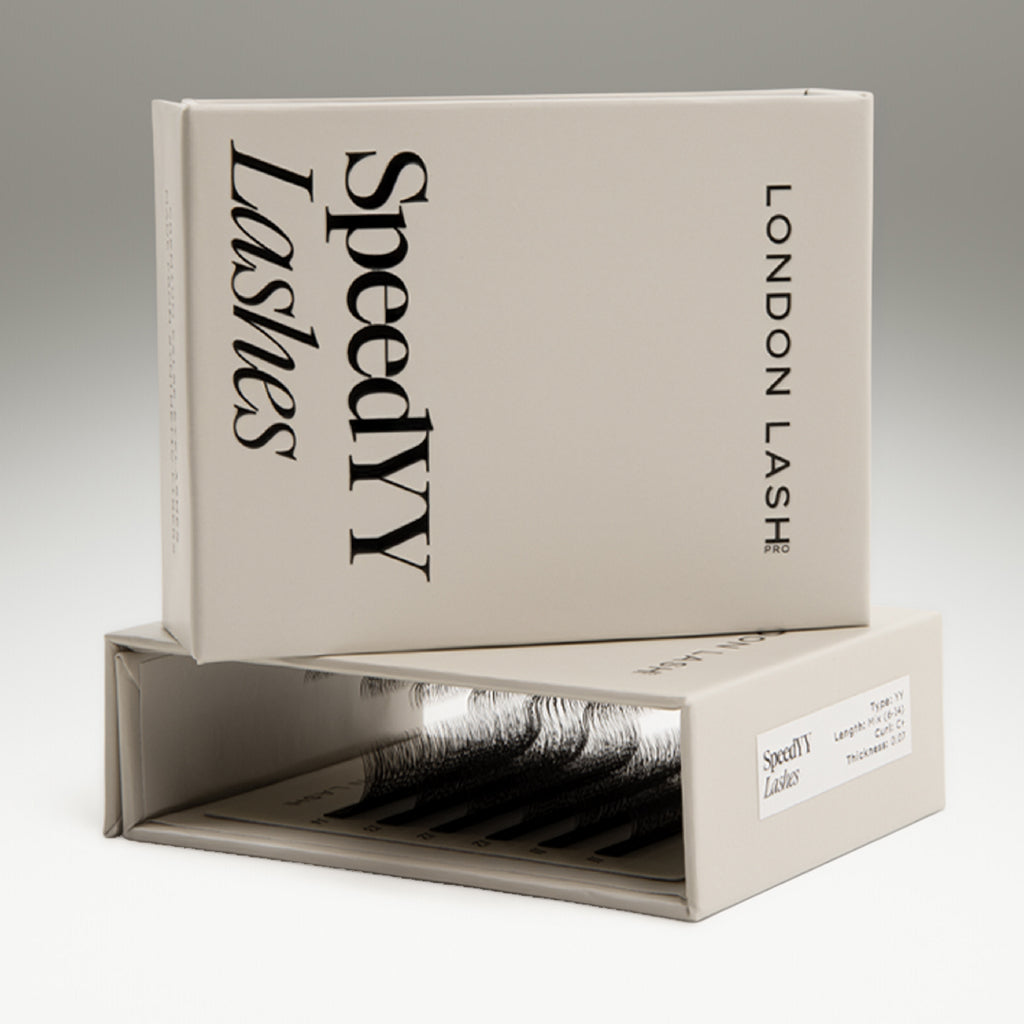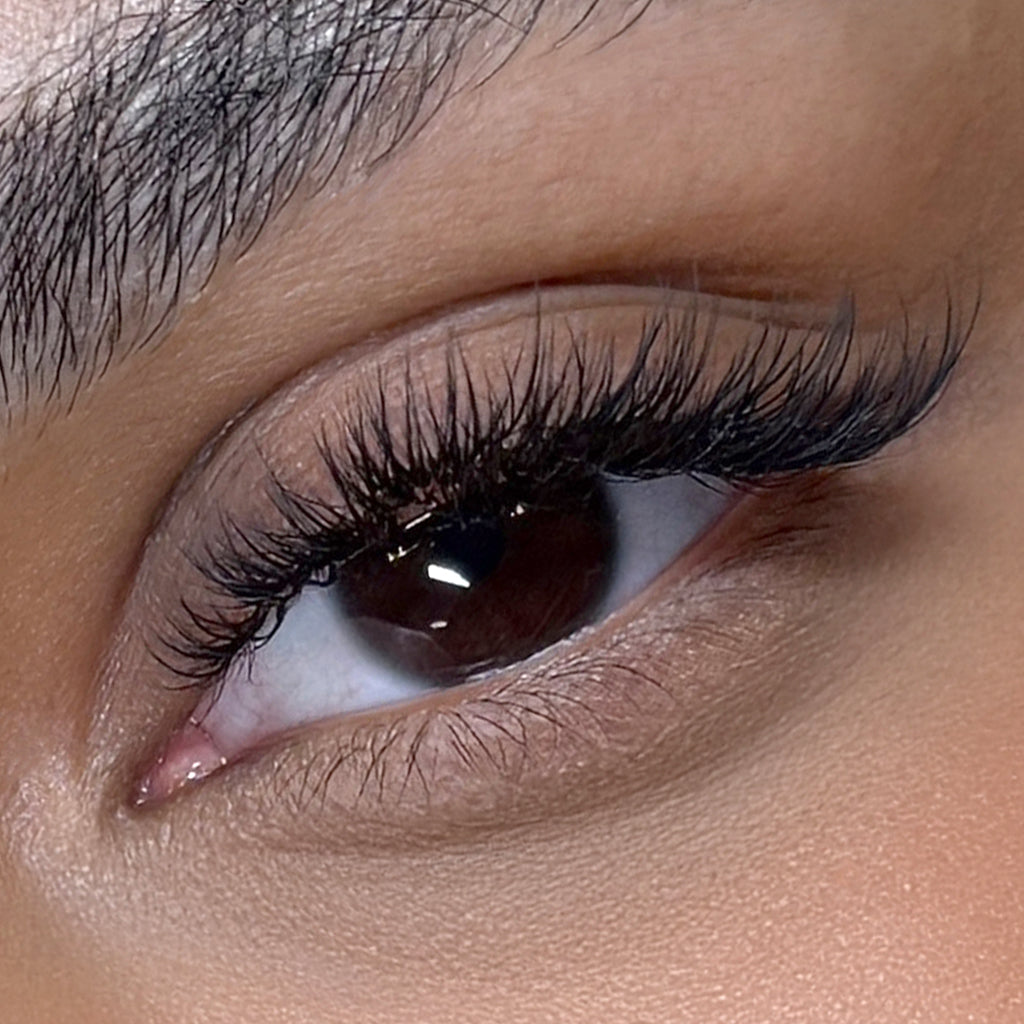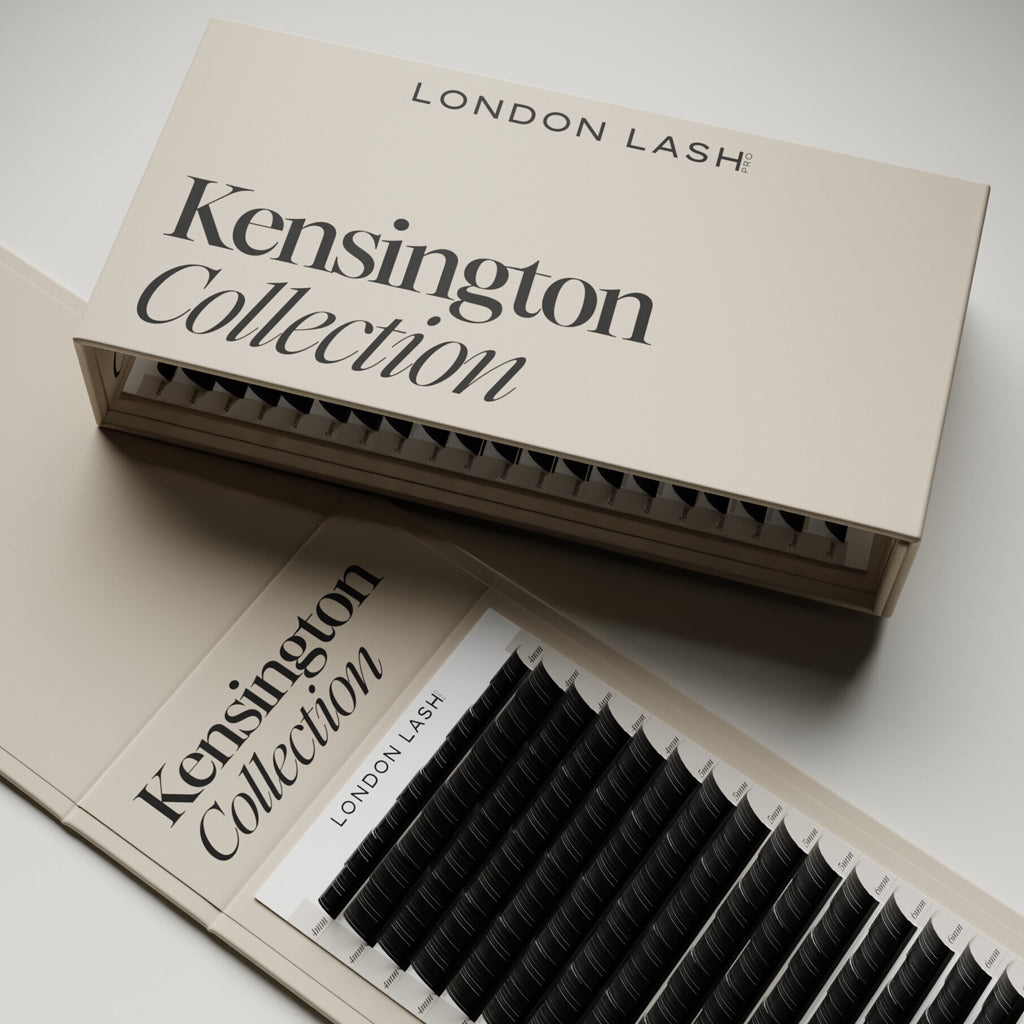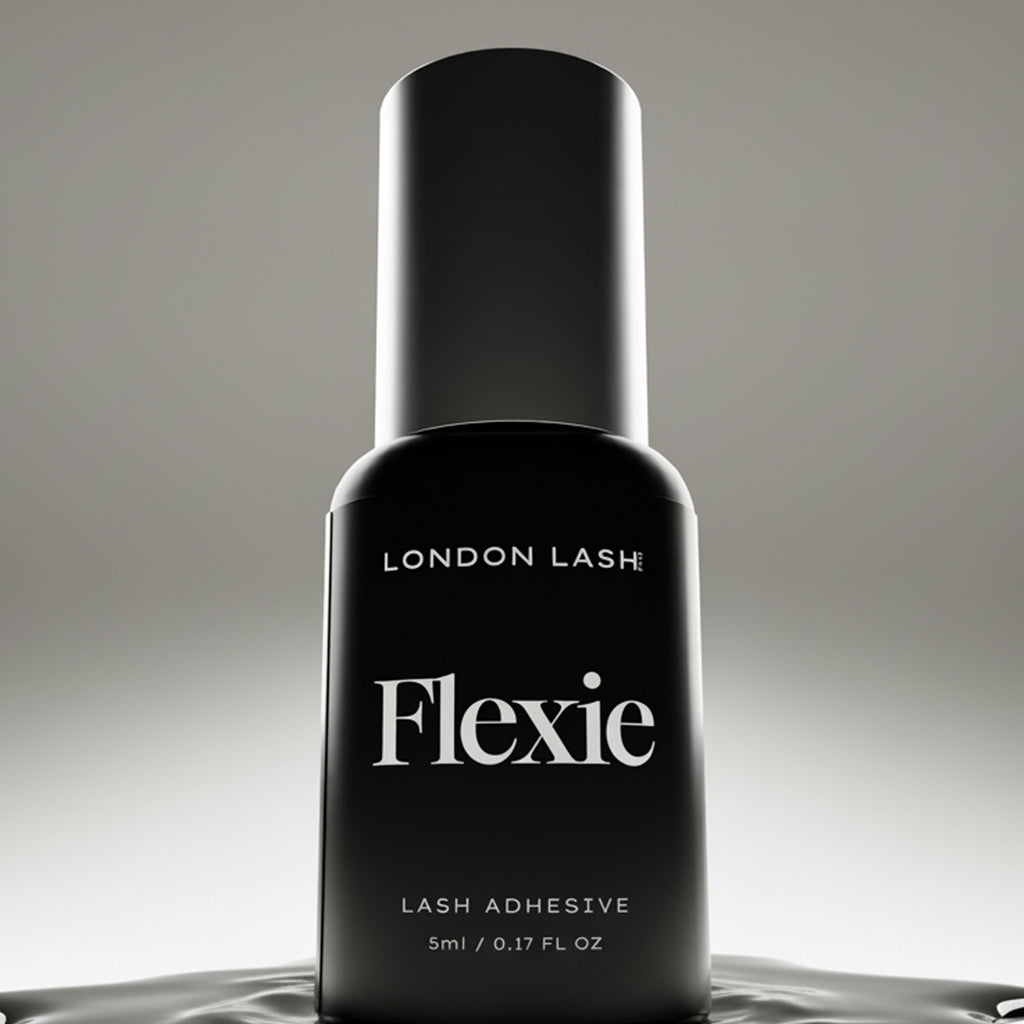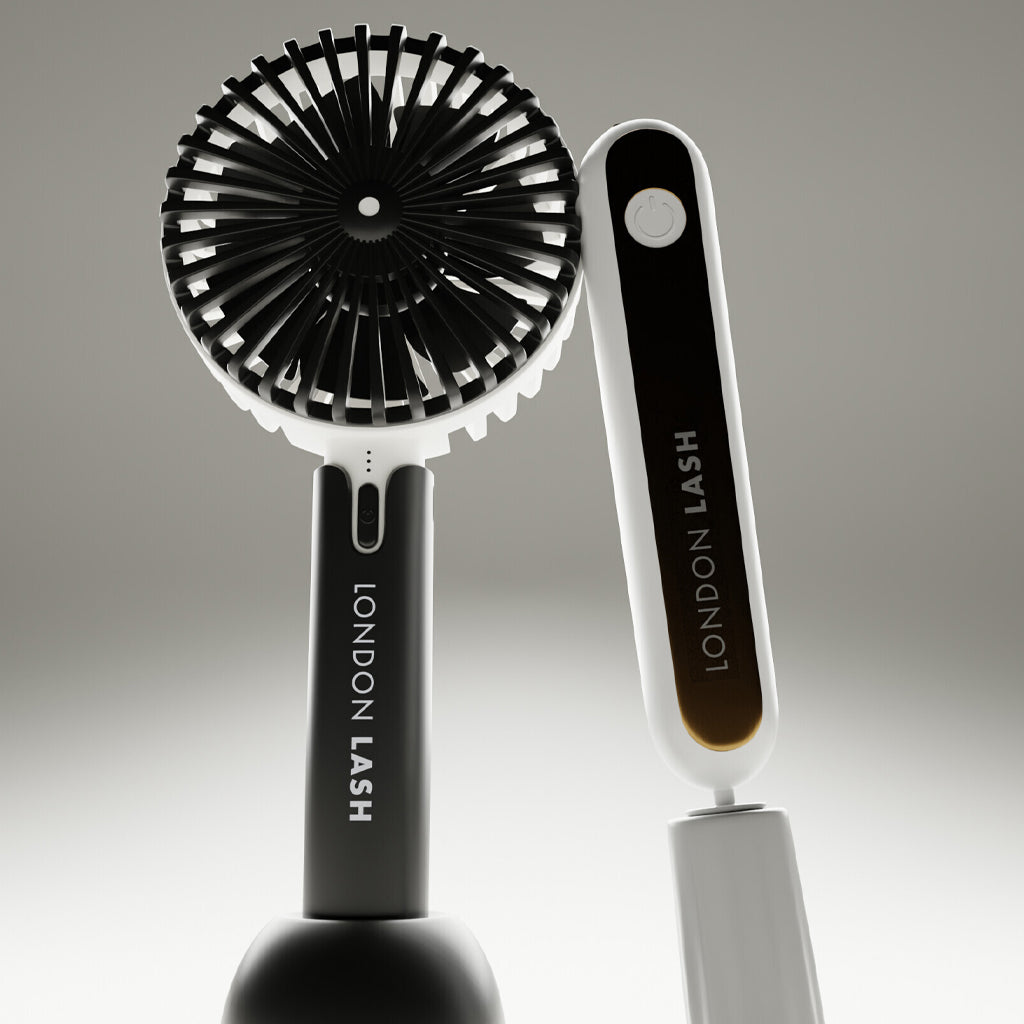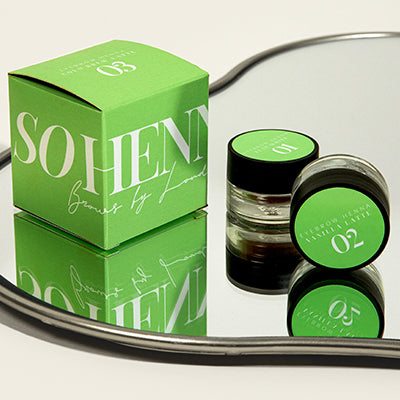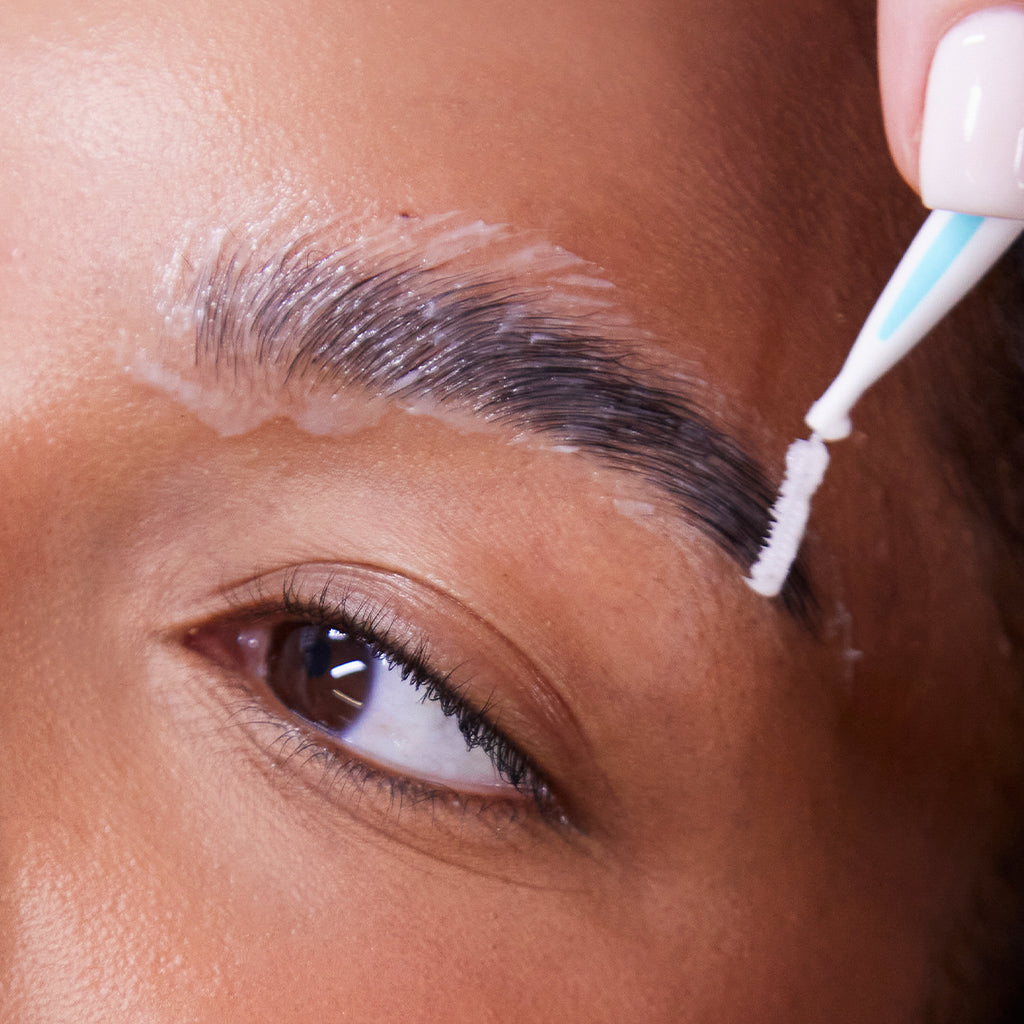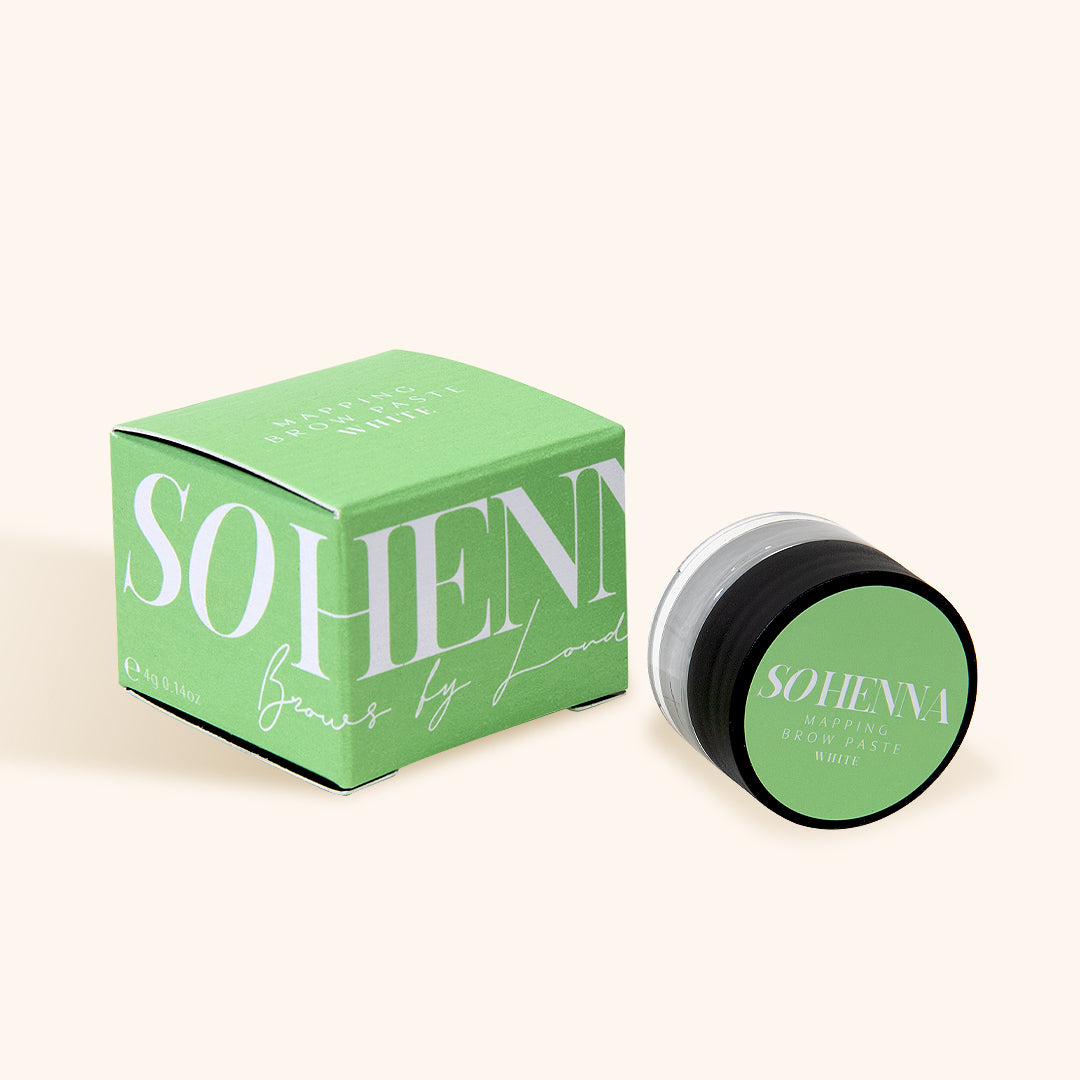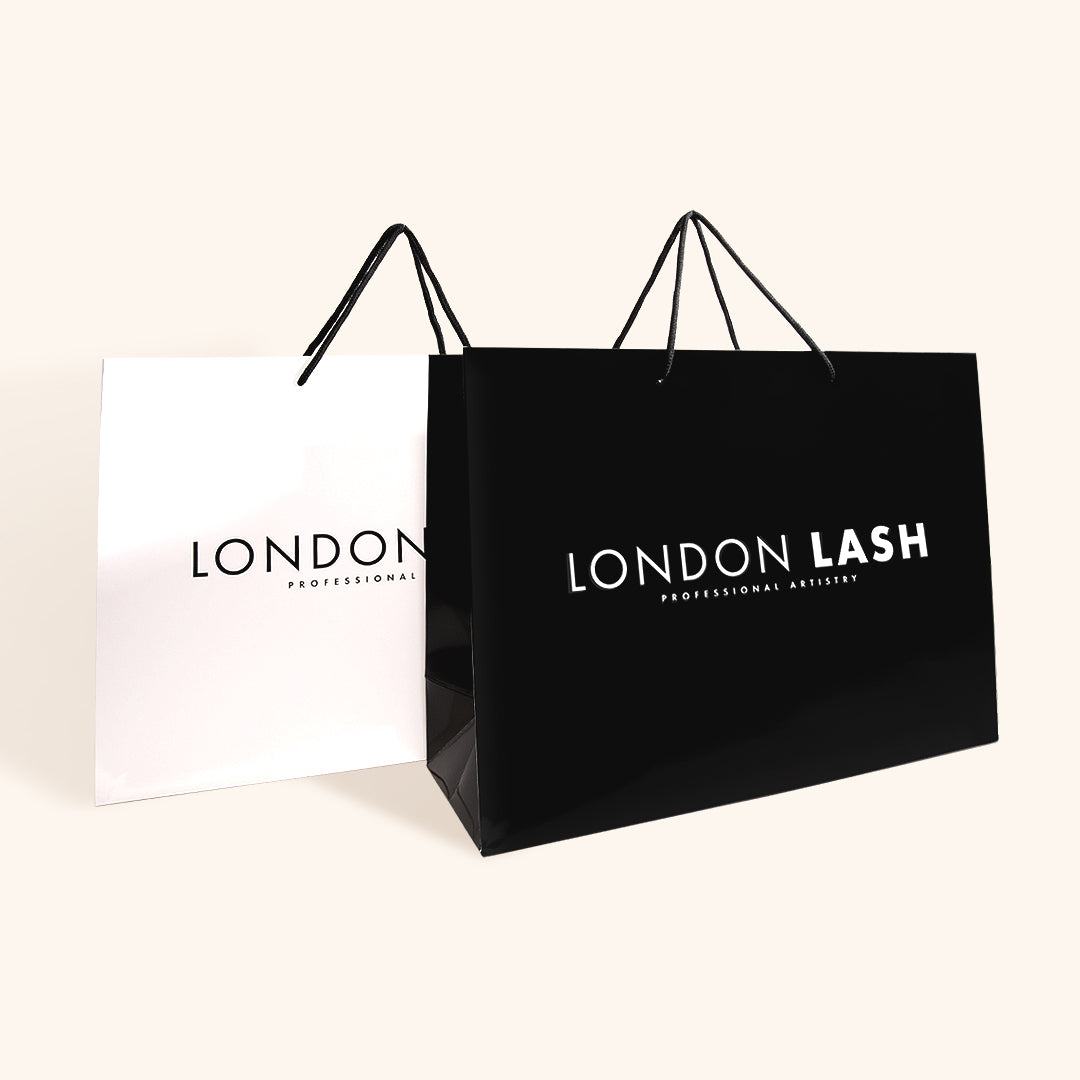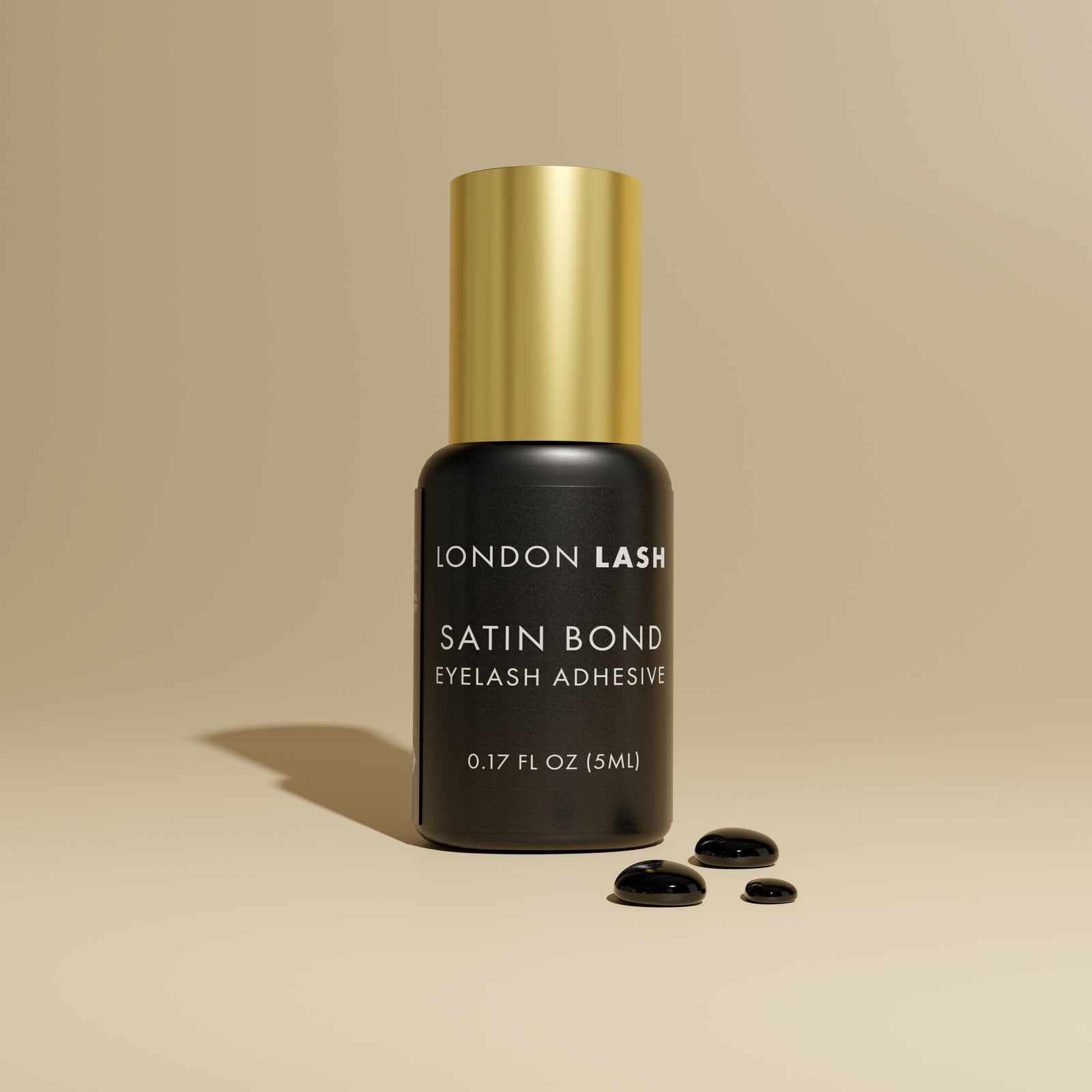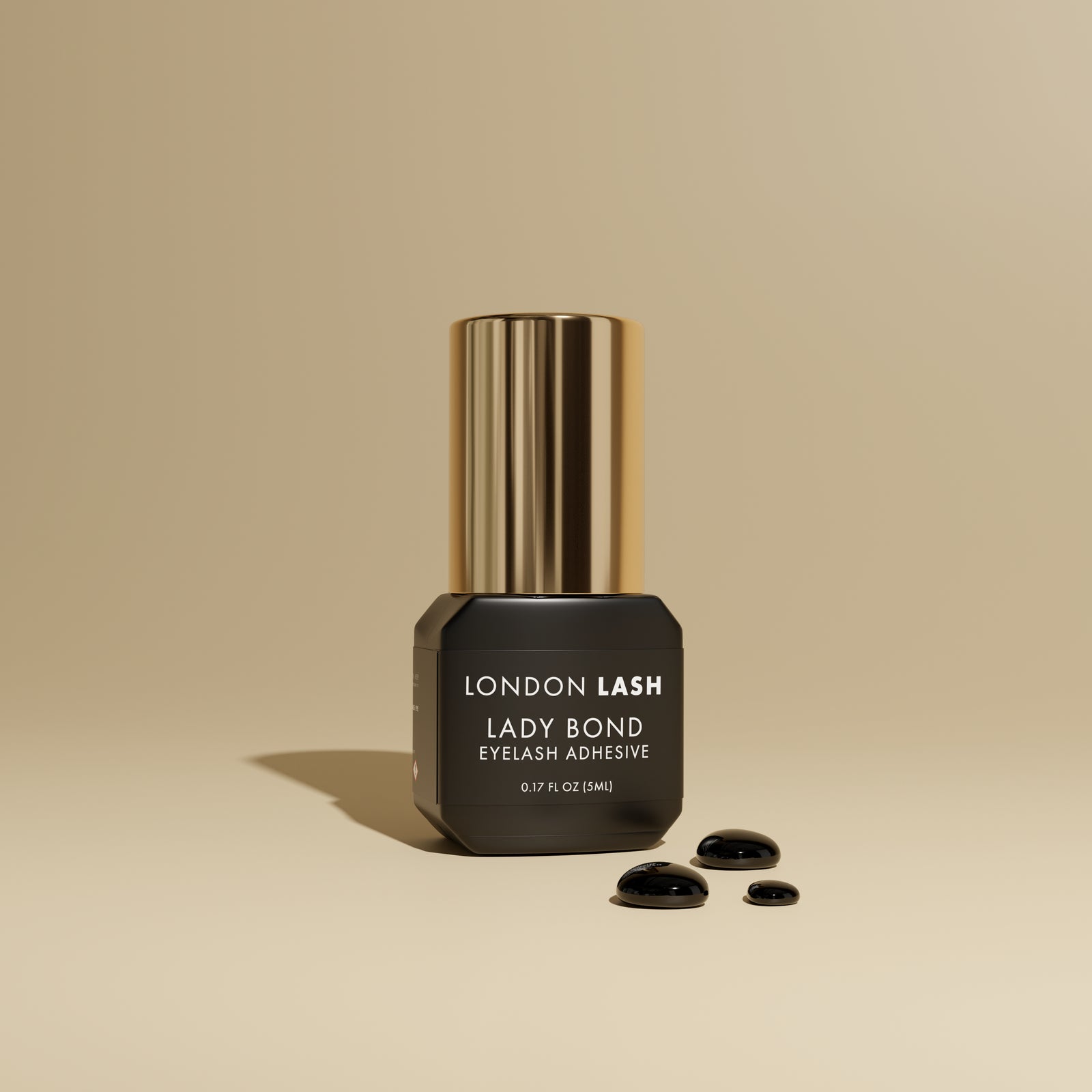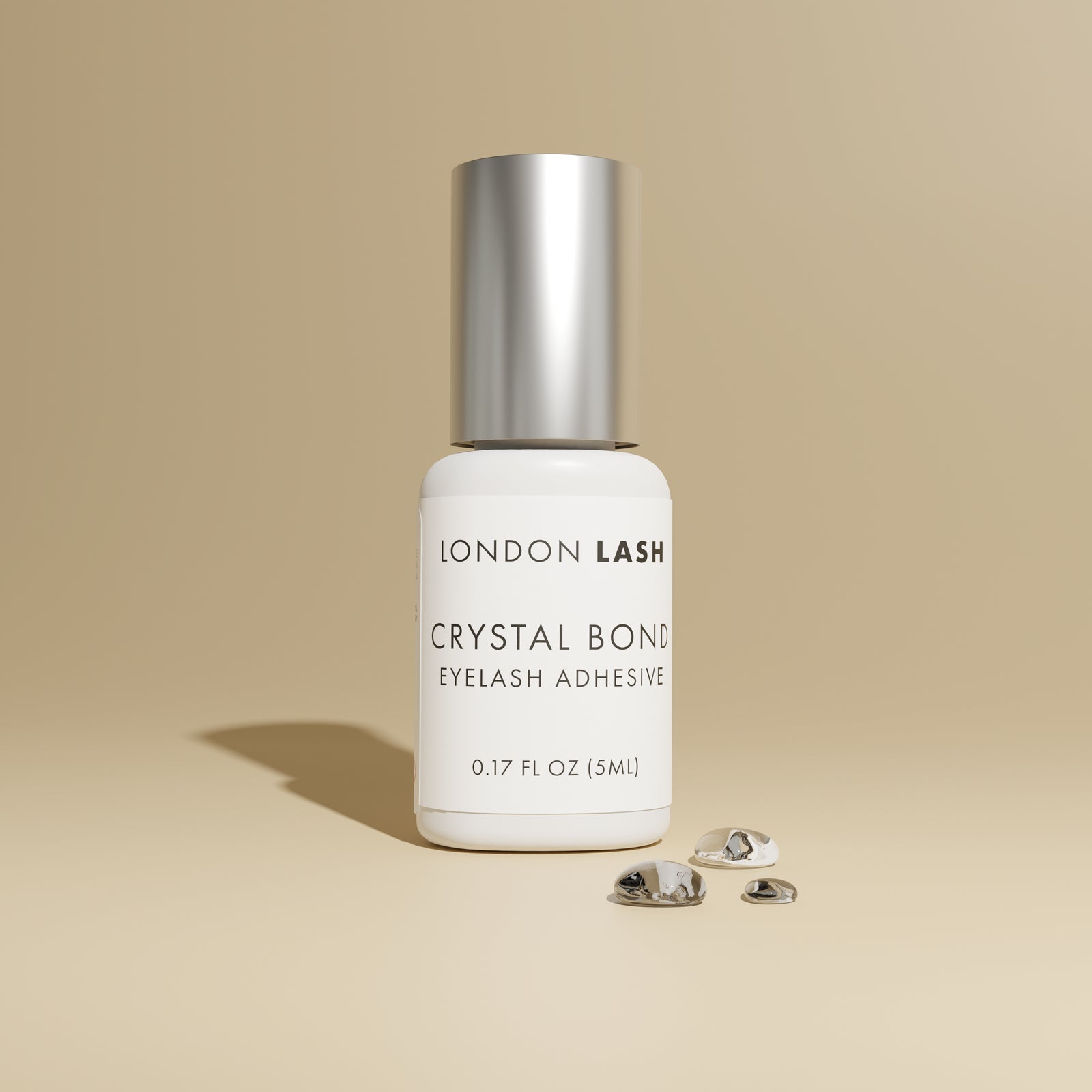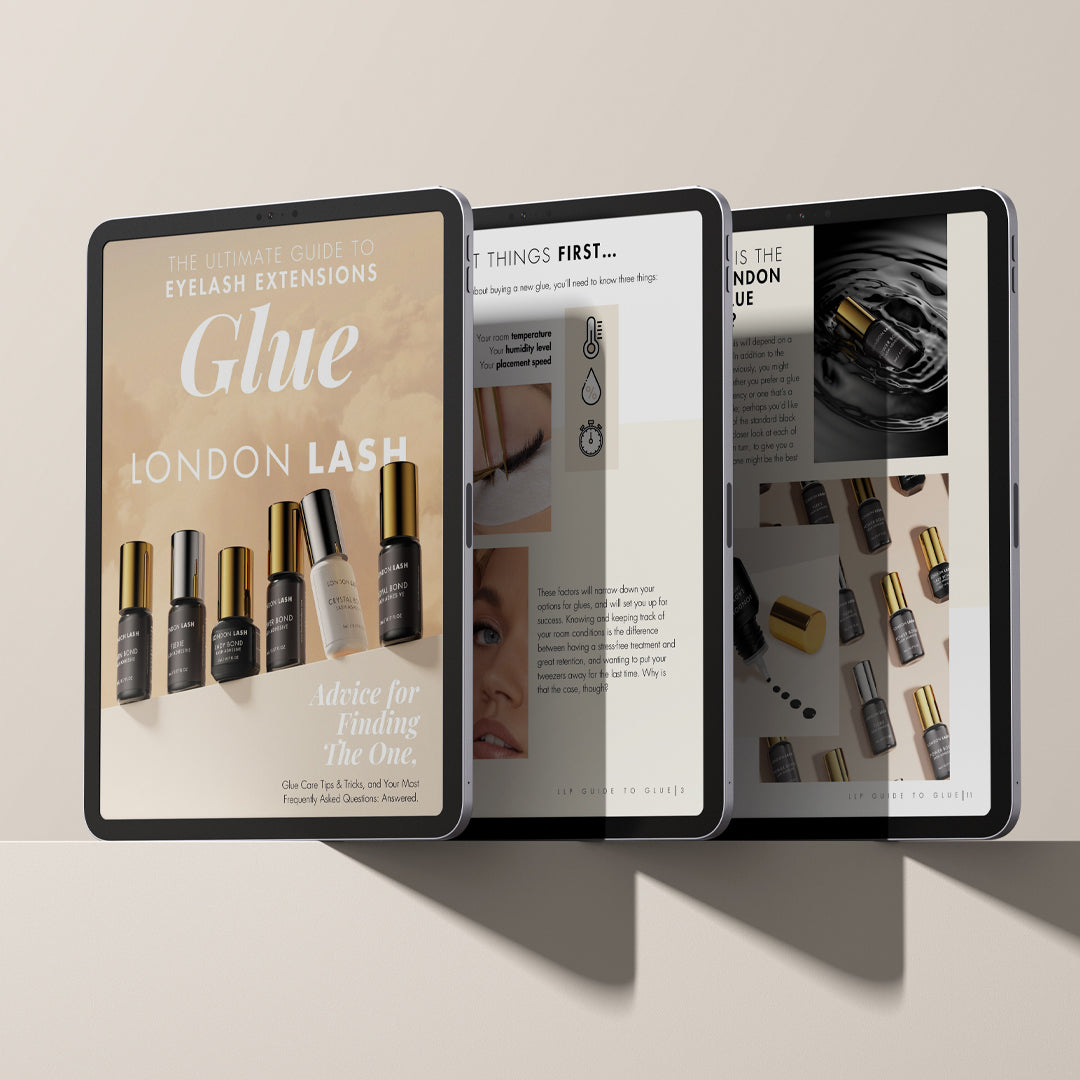Glues & Liquids
Eyelash Extensions
ACCESSORIES
So Henna
EYEBROWS
ONLINE TRAINING
Save up to 70% Off
The Benefits of Sticking to a Slower Drying Lash Glue
May 22, 2024 5 min read

Slower Drying Lash Glue Can Be Your Saviour
The search for the ‘best’ Lash Glue can feel like a never ending journey, but you may already be using the best glue for you without even knowing it. How is that possible? Well, every beauty or lash salon’s conditions are different, and every Lash Technician is different too. As well as being aware of your own lash placement speed, humidity and temperature fluctuations are something that must be monitored and taken into consideration when it comes to finding the best lash extensions glue.
Lash Techs who use slower drying glues can feel as if their lashing process is not as good or quick as other Technicians, as it’s so common to see questions about how to speed up lash extensions treatment times. The truth is that if a slower drying glue works perfectly for you, then you’ve found your glue match already, and only need to move onto a faster drying glue if you begin to feel like your glue is too slow for you. Let’s elaborate on the benefits of slower drying adhesives.
 Fast Drying Doesn’t Mean Better Quality
Fast Drying Doesn’t Mean Better Quality
For Lash Techs who want to develop their skills and speed, using a ‘faster’ drying glue can feel like a goal they want to achieve. After all, faster drying means quicker application, but it also means more cyanoacrylate, with which can come pitfalls.
For those not used to quick application, a faster drying glue can mean poor retention as the glue dries between dipping and applying the extension. If you’re applying lashes more slowly than the glue requires, then you won’t be able to form a good bond between the glue and eyelash extension.
On the surface, faster glue is stronger because of the higher concentration of cyanoacrylate, but a glue is only as strong as the bond that it’s able to form, which is why a faster drying lash glue doesn’t always mean better retention or a stronger bond.
Benefits of Slower Glues
One benefit of slower drying glues is that they’re a bit more versatile. Our collection of glues can work in a wide range of humidity from 45-80% depending on your choice of lash glue—check out our handy Glue Chart for more information—but why does humidity matter when it comes to lash glue? In short, humidity is what helps lash glue cure and dry. The higher the humidity, the faster your glue will dry. This is why it’s so important that you are aware of your room temperature and humidity levels at all times.
 For those seeking a versatile lash adhesive which works in a wide range of humidity, a slower lash glue can be a huge help for ever changing conditions, as you won’t typically need to change your lash glue for a different one. Consider too that it’s far easier to increase our humidity levels than to decrease them, so if you have a slower drying glue in a space where humidity fluctuates, you can adapt the conditions to help your glue work faster when humidity is lower.
For those seeking a versatile lash adhesive which works in a wide range of humidity, a slower lash glue can be a huge help for ever changing conditions, as you won’t typically need to change your lash glue for a different one. Consider too that it’s far easier to increase our humidity levels than to decrease them, so if you have a slower drying glue in a space where humidity fluctuates, you can adapt the conditions to help your glue work faster when humidity is lower.
Lash Artists who are used to the drying times and application of faster drying glues will know that in hot and humid climates and conditions such as the summer time, glue can quickly change from perfect to stringy. This is because it’s beginning to dry on the Glue Stone before even being used. To combat this, swapping to a slower drying glue for those days or even hours where humidity and temperature are higher than normal can be a real help where the quality and strength of application are concerned. As the glue’s drying time speeds up in humid conditions, a slower glue which usually takes 1-2 seconds to dry will speed up just enough to combat this change in humidity, making sure experienced Lash Artists do not have to compromise their application and retention times.
Of course, we always suggest that you monitor your room conditions using a Digital Hygrometer and adjust your workspace temperature and humidity accordingly, but, in a space which does not have AC, for mobile Lash Technicians, or even those of you who share spaces with others, having the option of a glue that’s better suited to a humid environment can significantly help the situation.
 Perfect for Beginners
Perfect for Beginners
We cannot leave without saying this: sometimes the ‘best’ lash glue is not always the fastest, especially for beginner Lash Artists. Never compare your skills, application times and precision to other Technicians, even if they’re using a faster drying glue. A slower drying glue gives you the time to get used to proper isolation of lashes, placement precision and of course even and symmetrical lash sets.
With a faster drying eyelash glue, a beginner runs the risk of poor retention, which doesn’t exactly help to build confidence or a business. As a beginner, building a loyal client base and a good reputation is important, so make sure to put your education and skills at the forefront of what you do. Sticking to a slower lash glue can help your career more than you may initially think.
 - How Can You Tell if a Glue is Too Slow?
- How Can You Tell if a Glue is Too Slow?
While gradually drying glue has a long list of plus points, they can come with drawbacks if they are drying too slowly. In these cases, it is well worth moving onto a faster drying glue, but how can you tell if a glue is drying too slowly for you?
The first sign is that your extensions will start to lean to one side after you let go of them, because they’re not being locked in place when you’re ready to move onto your next lash. This will result in untidy looking lash sets that won’t make your existing clients happy and will make it difficult to attract new clients via social media.
The second sign is an increase in stickies, which is when two or more lashes get stuck together. There are a ew different ways that stickies can occur, and you should always be setting aside time at the end of your treatments to check for and separate stickies to ensure that your clients will be comfortable and their lash health will be maintained. An increase in stickies though means that you have to spend more time separating them, when you could be covering more lashes with extensions.
In these cases, opt for the next glue up—if you’ve been using a glue with a 2 second drying time, go for 1-2 seconds. If you’ve been using 1-2 seconds, go for 1 second, and so on. The important thing is to not jump up too quickly.
 For those seeking a guide into the London Lash glue range, check out our comprehensive EBook: The Ultimate Guide to Eyelash Extensions Glue.
For those seeking a guide into the London Lash glue range, check out our comprehensive EBook: The Ultimate Guide to Eyelash Extensions Glue.
Check out these featured products
30% OFF | Code: MISSED30
30% OFF | Code: MISSED30
Subscribe
Sign up to get the latest on sales, new releases and more …

